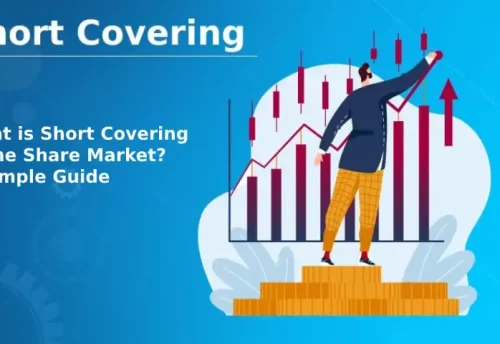
- 13/05/2025
- MyFinanceGyan
- 49 Views
- 1 Likes
- Share Market
SME IPOs in India: A New Way for Small Businesses to Join the Share Market
The share market is a place where companies raise money and investors find opportunities to grow their wealth. Usually, big companies are the ones we hear about when they launch an IPO (Initial Public Offering). But now, small and medium businesses also have a chance to enter the share market through SME IPOs.
In recent years, SME IPOs have become more popular in India. They help small businesses raise money, become more well-known, and allow the public to own a part of their company. If you’re a business owner planning to grow, or an investor looking for new options, learning about SME IPOs is important.
What is an SME IPO?
An SME IPO is when a Small or Medium Enterprise (SME) sells its shares to the public through a special platform. These platforms are:
- BSE SME
- NSE Emerge
SEBI (Securities and Exchange Board of India) introduced SME IPOs to help small businesses get funding. Many of them can’t easily borrow from banks or attract venture capital. SME IPOs offer a simpler and cheaper way to go public than big company IPOs.
SME IPO vs Mainboard IPO:
Why Do SMEs Go for IPOs?
- Raise Funds:They get money to grow, pay off loans, or develop new products.
- Brand Visibility: Being listed increases their reputation.
- Liquidity for Owners: Founders can sell some of their shares for cash.
- Better Valuation: A public listing can help in raising more funds later.
- Employee Benefits: They can offer stock options (ESOPs) to attract talent.
Why Should You Invest in SME IPOs?
- Get in Early: Invest in promising companies before they grow big.
- Better Returns: Some SME IPOs have given huge returns, though the risk is high.
- Diversify Your Portfolio: Add new types of investments.
- Transparency: These companies follow SEBI rules, offering a basic level of safety.
Risks and Challenges in SME IPOs:
SME IPOs can be rewarding, but there are some risks:
- Low Liquidity: Fewer buyers and sellers in the market.
- High Volatility: Prices can go up and down quickly.
- Limited Information: Not many expert reports or research available.
- Business Risks: Smaller companies can be more affected by the economy or competition.
How to Invest in SME IPOs?
- Get a Demat Account: You’ll need one with access to SME platforms.
- Do Your Research: Read the company’s DRHP (Draft Red Herring Prospectus).
- Plan for Lot Size: Minimum investment is usually around ₹1-2 lakhs.
- Apply: Use your broker or online banking (ASBA).
- Check for Market Maker: They help maintain trading activity in the stock.
Future of SME IPOs in India:
The SME sector in India is growing fast thanks to initiatives like:
- Make in India
- Startup India
- MUDRA Loans
- PLI Schemes
This means more SMEs may enter the stock market in the future. Improvements in digital technology, policy support, and better awareness will make it easier for SMEs to grow and for investors to benefit.
Conclusion:
SME IPOs are not just about raising money—they help small businesses grow and let investors be part of that journey. For businesses, it’s a step toward becoming big. For investors, it’s a chance to support and gain from rising companies.
Whether you’re a small business owner or an investor, SME IPOs are worth exploring.
Disclaimer: This blog is for educational purposes only. It is not financial or legal advice.



